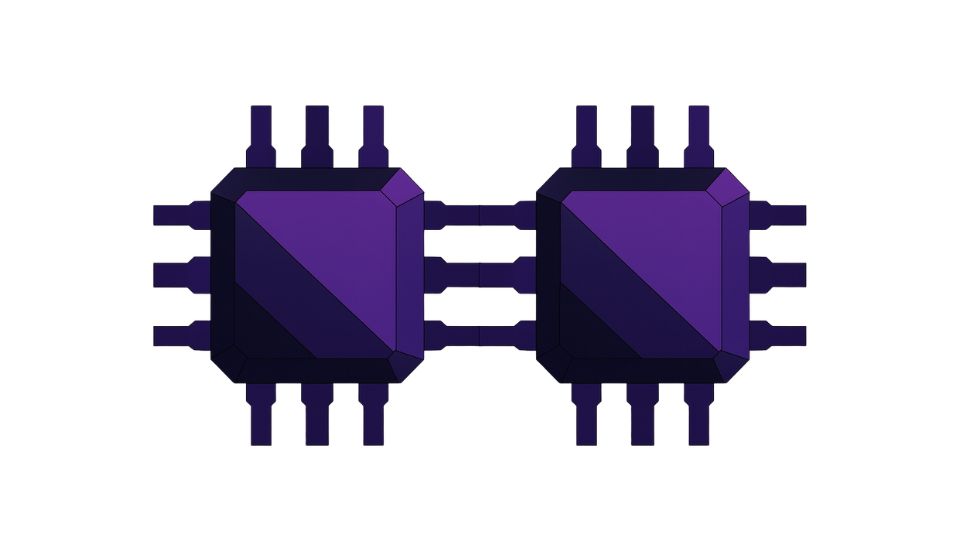GlobalProtect is Palo Alto Networks’ enterprise remote access gateway—a technology that enables employees and branch offices to connect securely to corporate networks from outside the firewall. It sits at the boundary between public internet and protected infrastructure, making it a high-value target for attackers. When flaws emerge in GlobalProtect, they can expose hundreds of thousands of organizations worldwide.
How GlobalProtect Works
GlobalProtect works through two main components. The GlobalProtect Gateway runs on Palo Alto firewalls and handles encrypted VPN connections from remote users. The GlobalProtect Portal authenticates users, verifies device security, and routes them to appropriate gateways based on role and location.
When a remote user opens the GlobalProtect client software on their laptop, tablet, or phone, they connect through an encrypted tunnel to the gateway. The gateway enforces security policies—blocking malware, monitoring traffic, and preventing data leaks—before allowing that user’s traffic into the network. In organizations with multiple offices, gateways in different regions work together seamlessly through portal-based routing.
Deploying GlobalProtect requires configuring at least one gateway or portal. Administrators can verify setup in the firewall’s web interface under Network > GlobalProtect > Gateways or Network > GlobalProtect > Portals, according to Palo Alto Networks.
Why GlobalProtect Matters
The shift to remote work after 2020 made GlobalProtect essential for enterprises. Thousands of companies worldwide rely on it daily. Palo Alto Networks is the leading firewall vendor by market share, and GlobalProtect is a standard feature across their next-generation firewall products. Competitors like Fortinet (FortiClient VPN), Cisco (AnyConnect), and Check Point (Mobile Access) offer similar solutions, but none holds GlobalProtect’s market footprint.
Organizations favor GlobalProtect because it integrates tightly with other Palo Alto security tools. It supports multi-factor authentication, enforces device compliance policies, and logs all connections for audit purposes. For regulated industries—healthcare, finance, government—these capabilities help meet compliance requirements like HIPAA, PCI DSS, and FedRAMP.
The technology also scales effectively. A single Palo Alto firewall with GlobalProtect can support thousands of concurrent remote users. In cloud-based deployments, Palo Alto’s Prisma Access platform extends GlobalProtect across globally distributed data centers, maintaining performance and redundancy even during peak usage.
The Security Vulnerability Context
GlobalProtect’s prominence in enterprise networks has made it a priority target for attackers. On April 12, 2024, Palo Alto Networks disclosed CVE-2024-3400, a critical remote code execution flaw in PAN-OS affecting GlobalProtect gateway and portal configurations.
The vulnerability, discovered through detection of live exploitation, stemmed from improper input validation. According to Unit 42, Palo Alto’s threat research team, attackers could inject commands through malformed requests sent directly to the GlobalProtect listener. No authentication was required. An attacker on the public internet could trigger code execution with root-level privileges on the firewall. Like other enterprise gateway solutions, including Cisco’s security appliances, perimeter defense devices require rigorous patch management to prevent attackers from weaponizing vulnerabilities.
Volexity, a cybersecurity firm, documented the zero-day exploitation in production environments before the patch released. Within days, security researchers published proof-of-concept code, and threat actors weaponized the flaw for real-world attacks.
Affected Systems and Versions
The flaw affected specific PAN-OS versions running GlobalProtect. Palo Alto Networks identified the following as vulnerable:
- PAN-OS 10.2 releases before version 10.2.9-h1
- PAN-OS 11.0 releases before version 11.0.4-h1
- PAN-OS 11.1 releases before version 11.1.2-h3
Notably, cloud-based offerings like Prisma Access and standalone Panorama appliances were not affected, limiting but not eliminating the impact scope.
The flaw only affected firewalls with GlobalProtect running as a gateway or portal. Notably, the attack didn’t require device telemetry to be enabled—Palo Alto’s advisory confirmed it worked against any GlobalProtect-enabled firewall accessible from the internet.
Real-World Exploitation and Impact
Two months elapsed between discovery and patch release—a window attackers didn’t waste. Unit 42 and Palo Alto Networks’ PSIRT blog documented attack patterns. Once inside a firewall, adversaries deployed ransomware, established persistence mechanisms, and moved laterally into connected systems—turning the security perimeter into an entry point for broader breaches.
The exploitation demonstrated a common attack pattern: target trusted security infrastructure rather than end-user devices. A compromised firewall gives attackers visibility into all network traffic, allowing them to identify and pivot toward high-value systems like domain controllers, file servers, and databases.
How Organizations Protect Against Similar Flaws
The remediation path was straightforward but time-critical. Palo Alto Networks provided hotfix versions (patches that don’t require full OS upgrades), allowing rapid deployment. Similar lessons apply to other critical infrastructure devices—as demonstrated by actively exploited RCE vulnerabilities in Microsoft and other vendors’ security products, where the time between disclosure and patching is often the window attackers need to gain entry. Organizations should:
- Upgrade immediately to PAN-OS 10.2.9-h1, 11.0.4-h1, 11.1.2-h3, or later
- Change all firewall administrative credentials following the patch
- Audit firewall logs for signs of unauthorized access or command execution
- Review configuration changes made during the exposure window
- Monitor for lateral movement into downstream systems accessed through the compromised firewall
For organizations unable to patch immediately, temporary mitigations include disabling GlobalProtect (if operationally feasible) or restricting network access to GlobalProtect listener ports using edge firewalls or intrusion prevention systems.
Broader Security Lessons
GlobalProtect’s vulnerability reflects a larger pattern: as organizations embrace remote work and cloud connectivity, network entry points become increasingly critical attack targets. Security teams must treat edge gateways with the same rigor applied to traditional perimeter defenses—regular patching, continuous monitoring, and rapid response protocols when flaws emerge.
The flaw also highlights the value of vendor coordination. When Palo Alto Networks and OpenAI investigated similar infrastructure abuse, they uncovered how vulnerabilities across different products often reflect the same attacker tactics.
GlobalProtect remains a trusted and effective remote access solution, but like any sophisticated software, it requires vigilance from defenders and prompt action when security issues surface.

